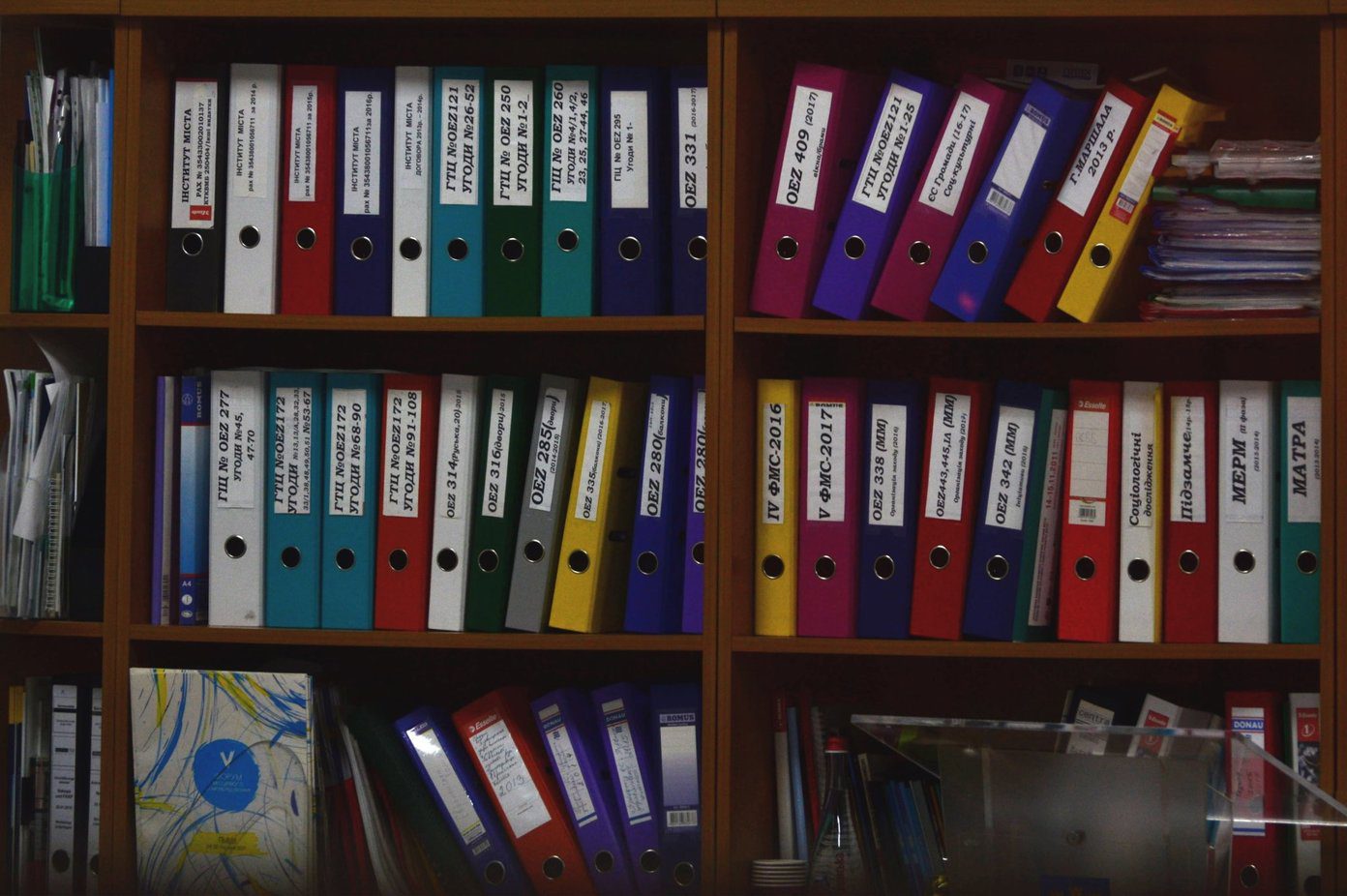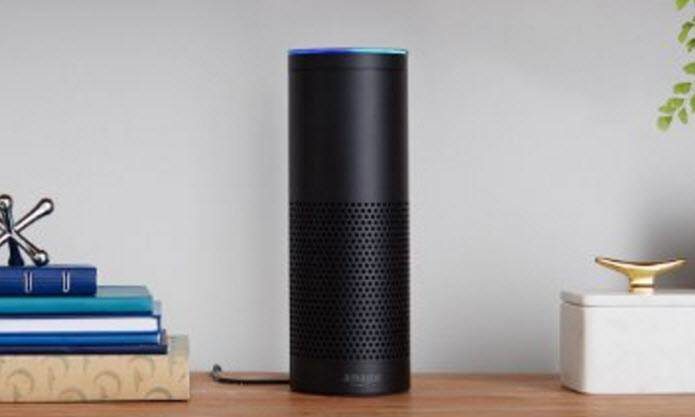browsing history , website cookies, bookmarks and cache . We also pay a lot of attention to such histories; we manage them and clear them when required. Well, clearing of history is definitely a measure to keep things secret and maintain privacy. If that is the reality, why do we take care of just the browser history? I mean our tracks are all over the computer, no? It is maintained on the start menu, taskbar, run dialogs, windows search and explorer address bar. Today we will show you how the Windows explorer address bar history can be deleted as a whole or individual pieces. But before we begin, let us look at an example of such a history. You can access explorer history by clicking on the address bar dropdown button placed on the right end of the address bar. Ideally, when you start typing an address, the system also populates and suggests the user with matching history. Cool Tip: Apart from history, explorer address bar is also capable of serving browser like autocomplete feature. Here’s how to activate it on Windows 7. That means if you are sharing your computer you could be risking your important and secret directories or files. So, it is better to get rid of them when needed.
Deleting Complete Address Bar History
Deleting of history cannot get easier than this. All you need to do is right-click on the address bar of the explorer (on an empty space) and choose to Delete history as shown in the image below.
Deleting Individual Items
There is a bit of registry work involved in this process. Let us look at the steps that need to be carried out. Step 1: Launch the Run dialog by hitting Windows key + R. Then type regedit and hit Enter to open Windows Registry Editor. Step 2: On the Registry Editor from the left pane navigate to HKEY_CURRENT_USER\Software\Microsoft\Windows\CurrentVersion\Explorer\TypedPaths and double click on TypedPaths. Step 3: On the right pane you would see a list of entries like url1, url2 and so on (corresponding to the number of entries in your history). Right-click on the item you want to remove and choose Delete. You can now close the editor. Also, close all instances of Windows explorers and open a new one. Try accessing the history again and you will see that the item you just deleted does not appear anymore. Warning: It is always good to take a backup of the registry before making any changes to the same. In case you do something that you are not supposed to, the backup will come to your rescue.
Permanently Disable Address Bar History
If you do not want to see the history at all, you can right-click on TypedPaths and go to Permissions. Then, disable all permissions for the specified user. Though it works, I suggest that you do not do this. It may end up spoiling other things without your knowledge.
Conclusion
If you ever feel that the explorer history is risking something, you can get rid of it. Besides, you may have your own reason to do that. Tell us if it helps or share a trick that you are aware of in similar context. Top Image Credit: Alexei Kuznetsov The above article may contain affiliate links which help support Guiding Tech. However, it does not affect our editorial integrity. The content remains unbiased and authentic.












